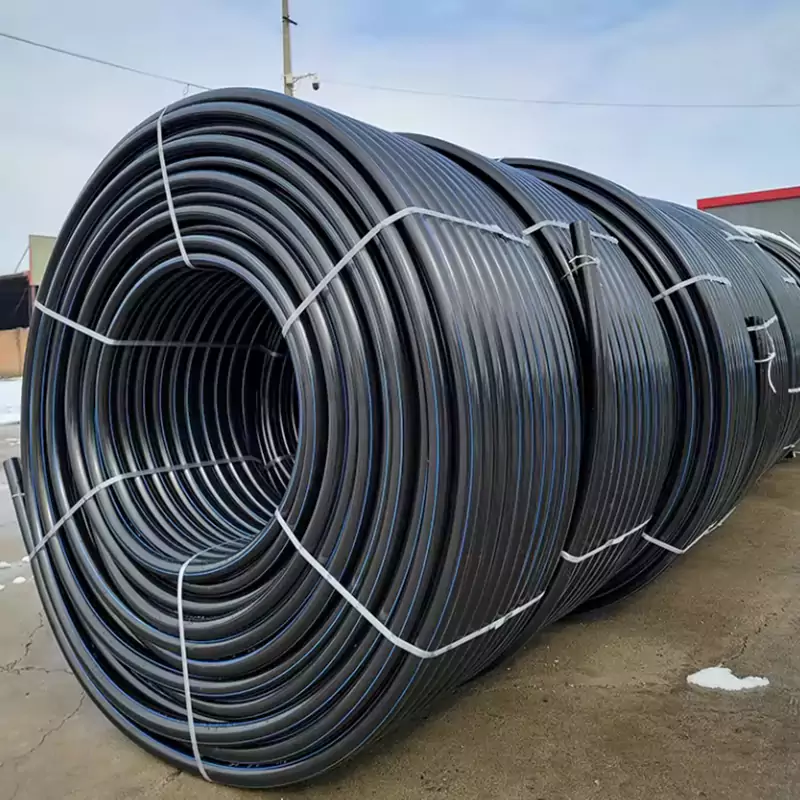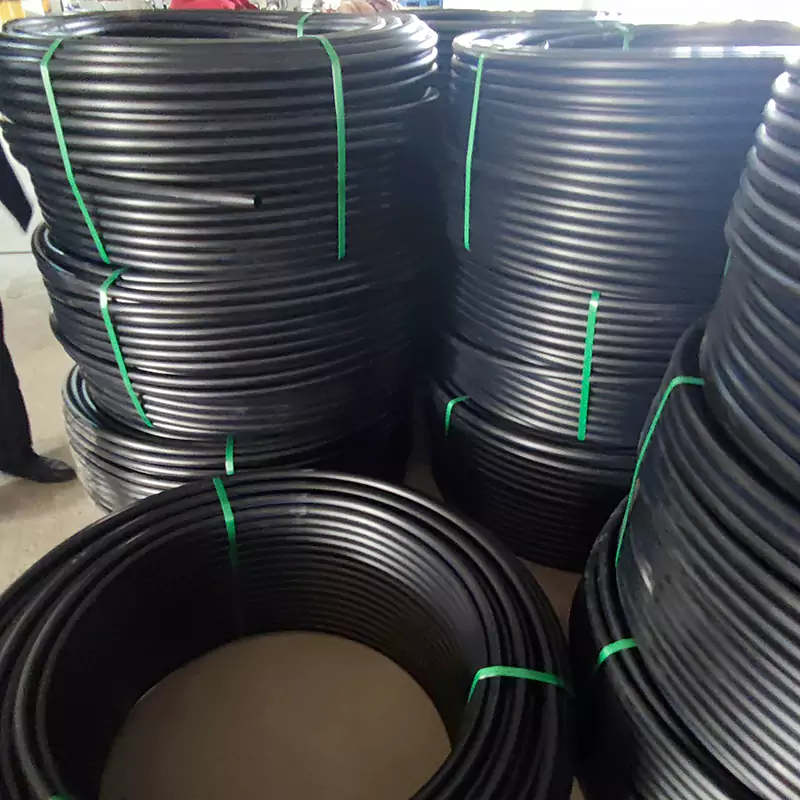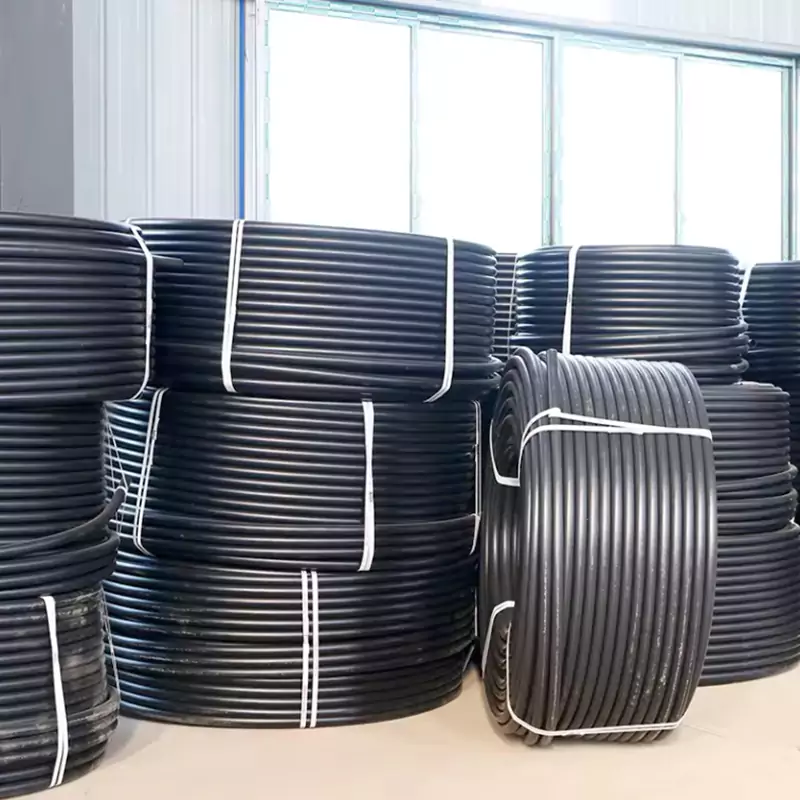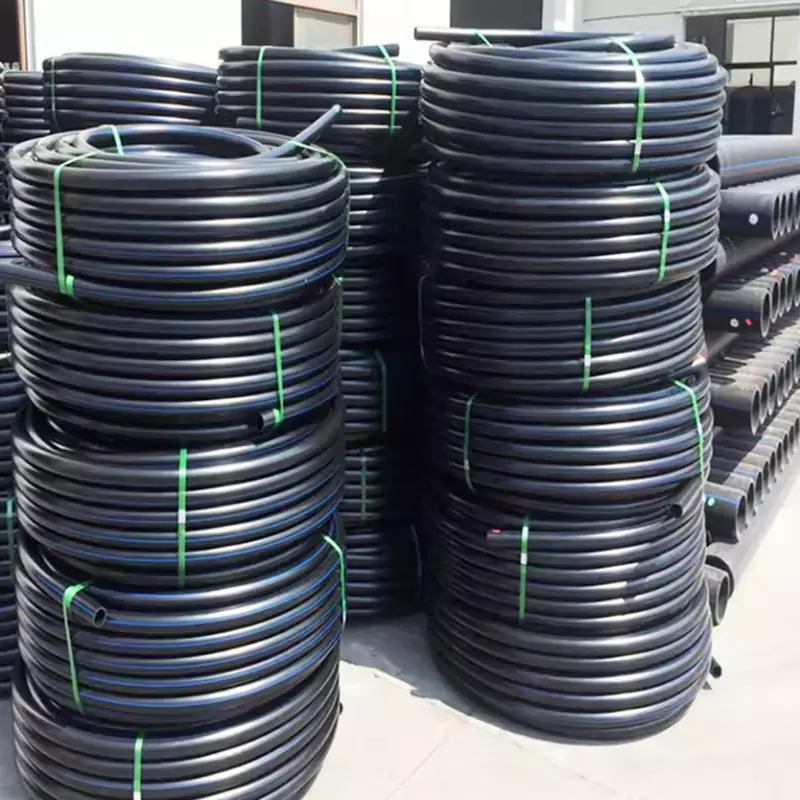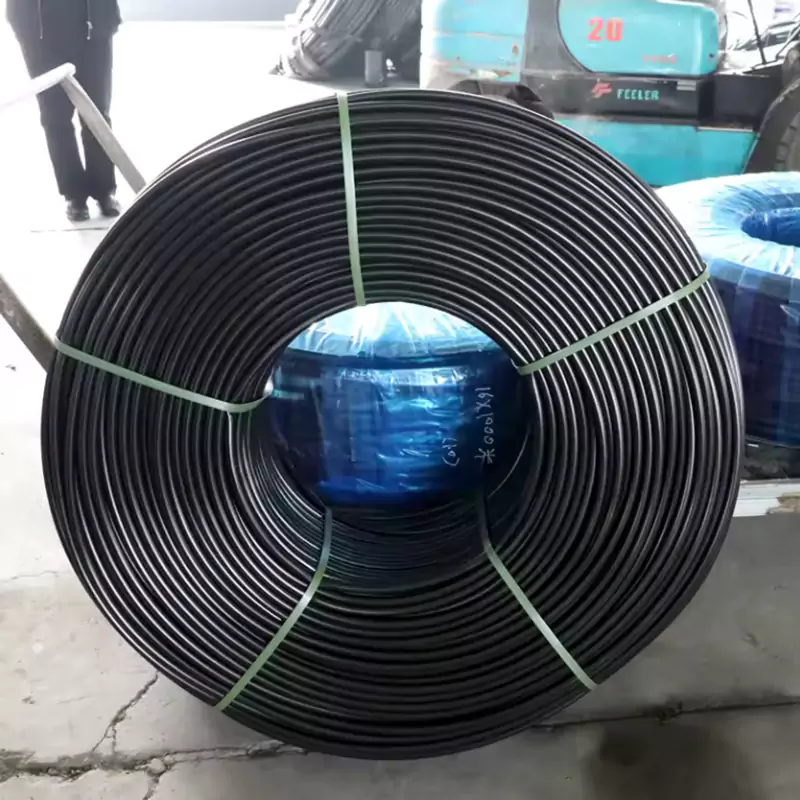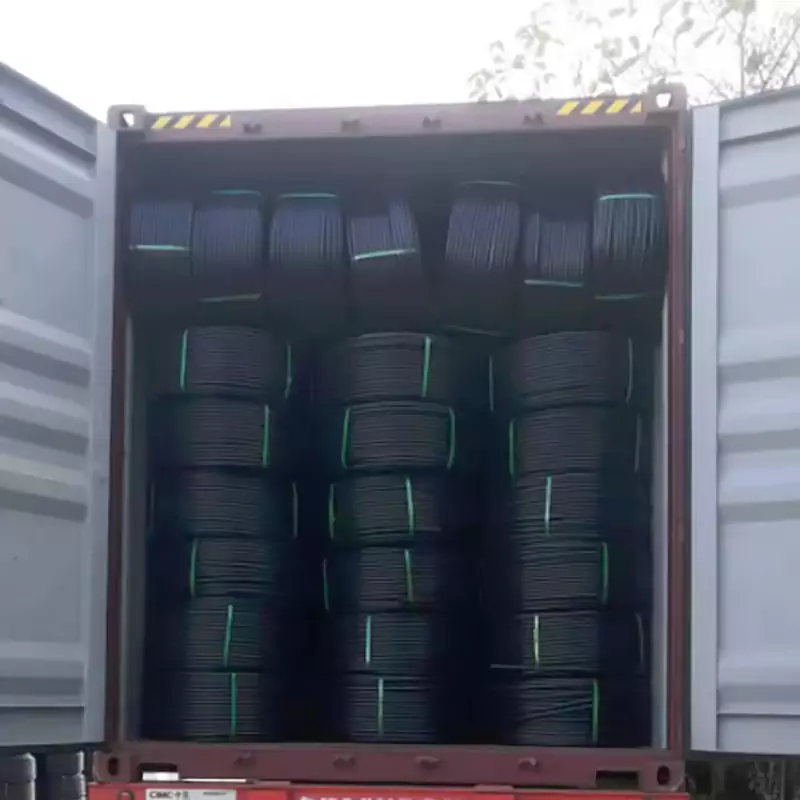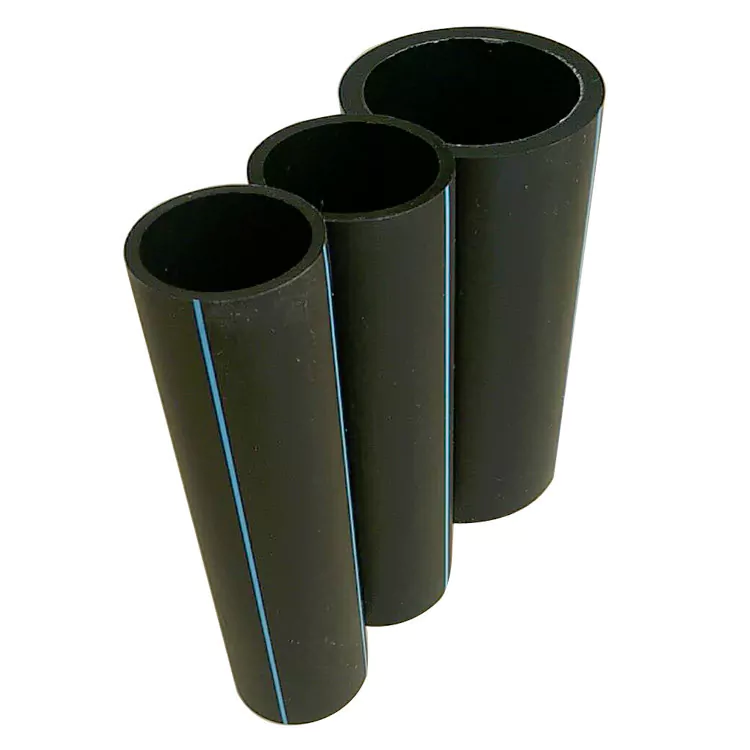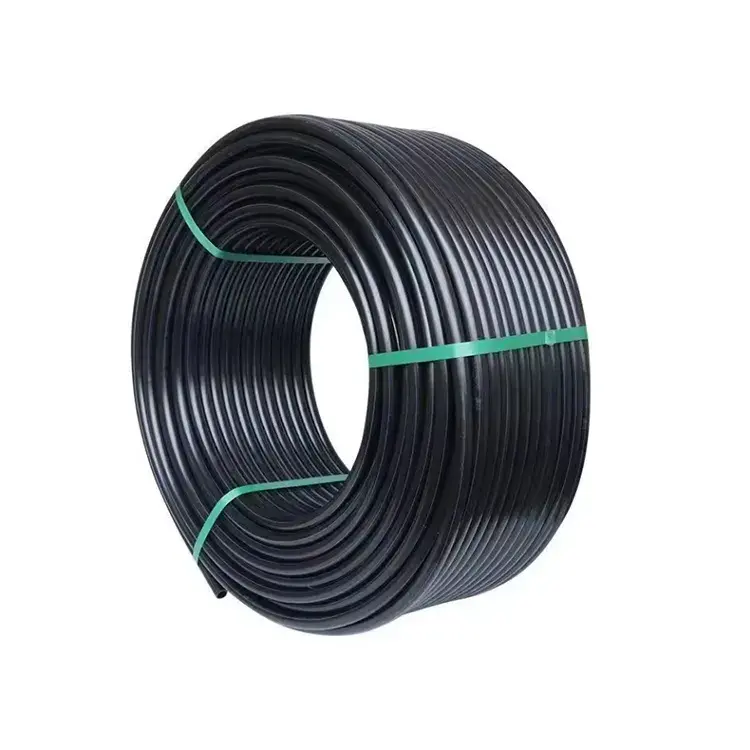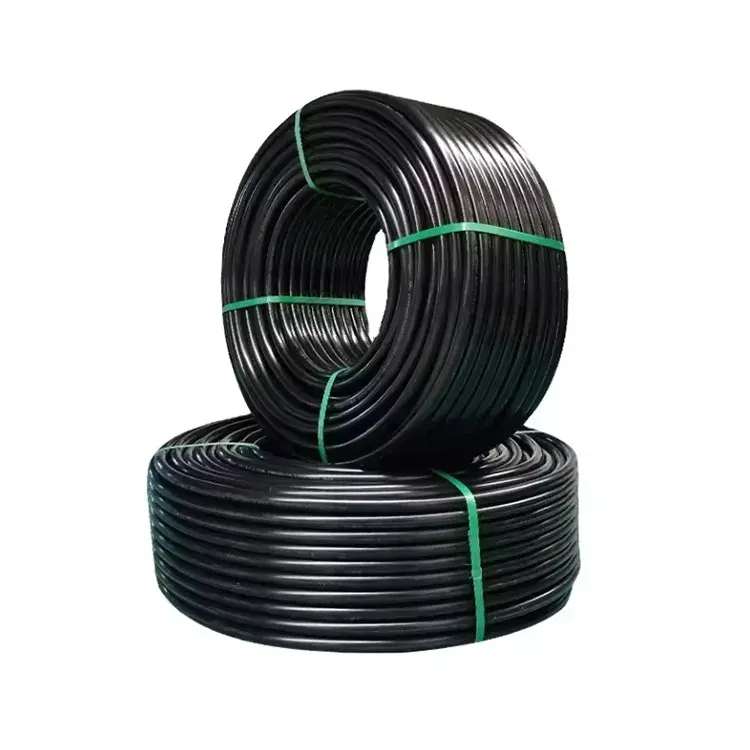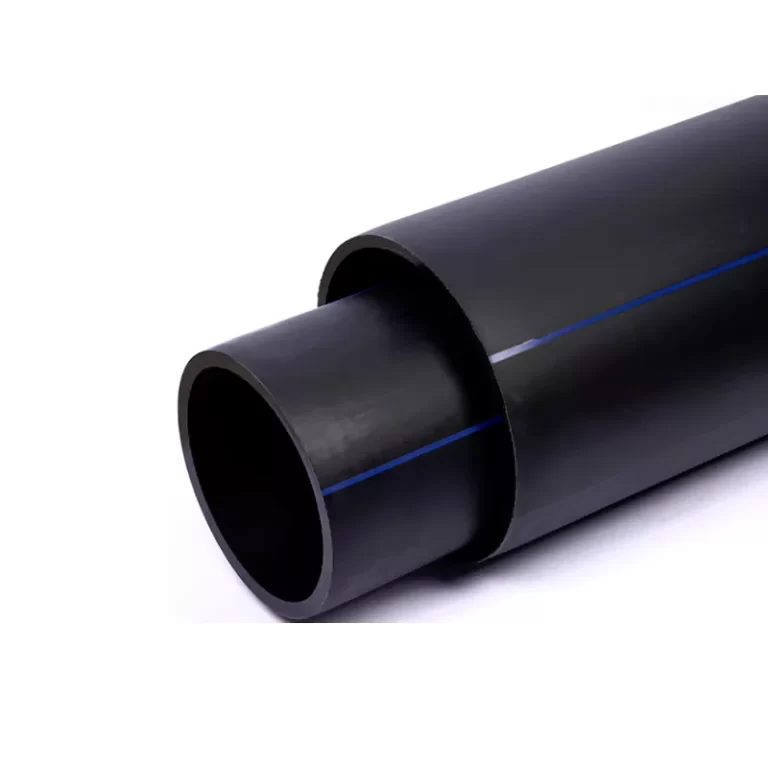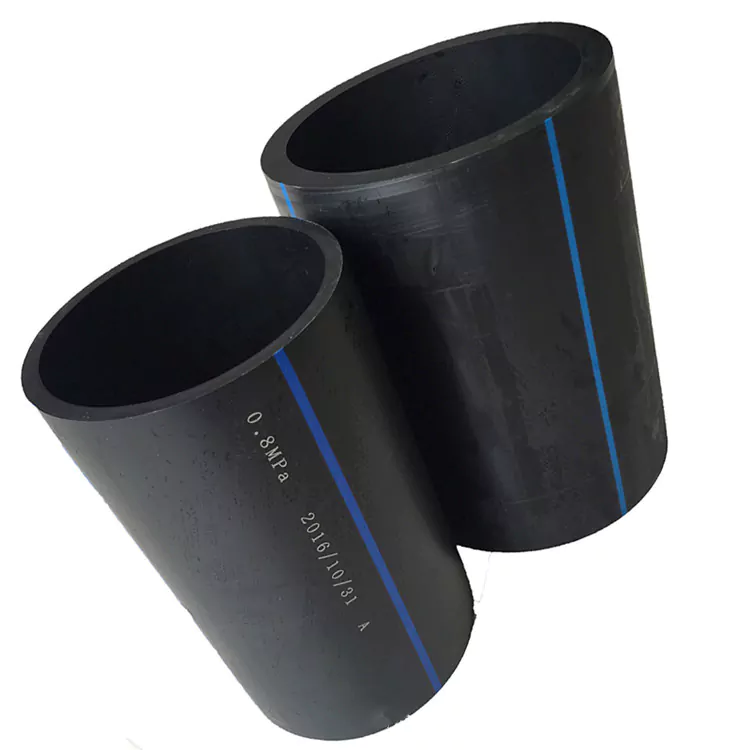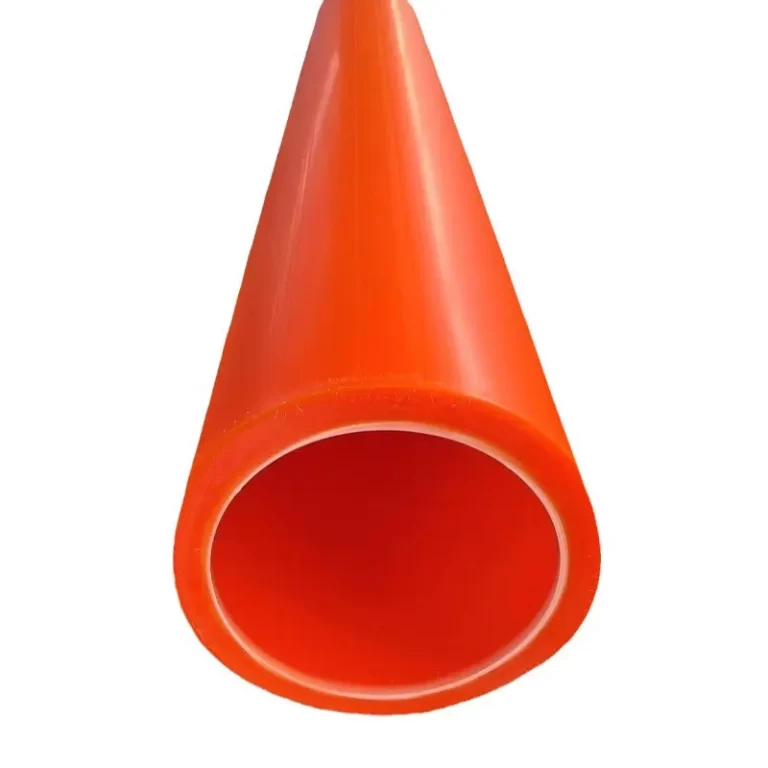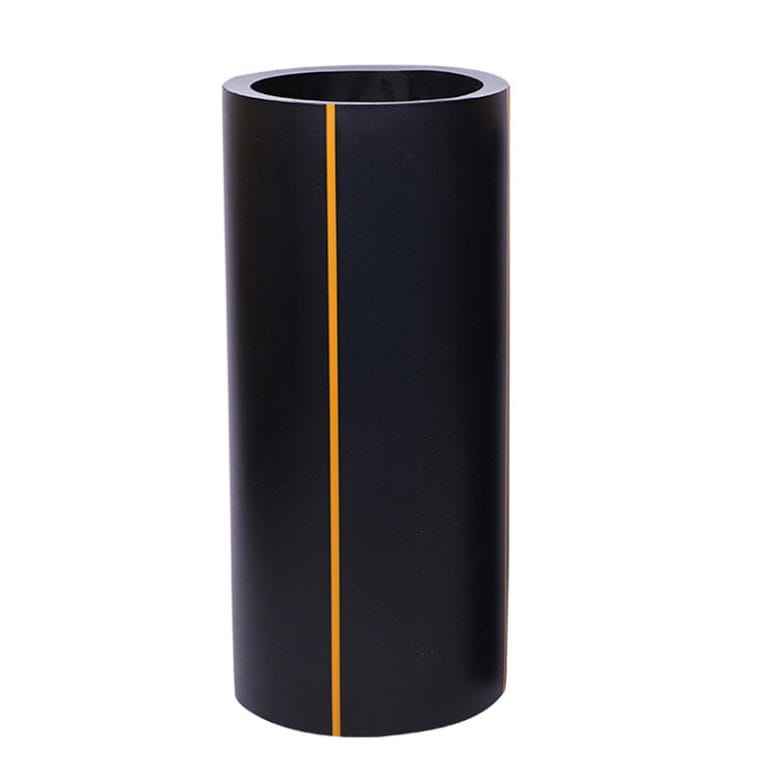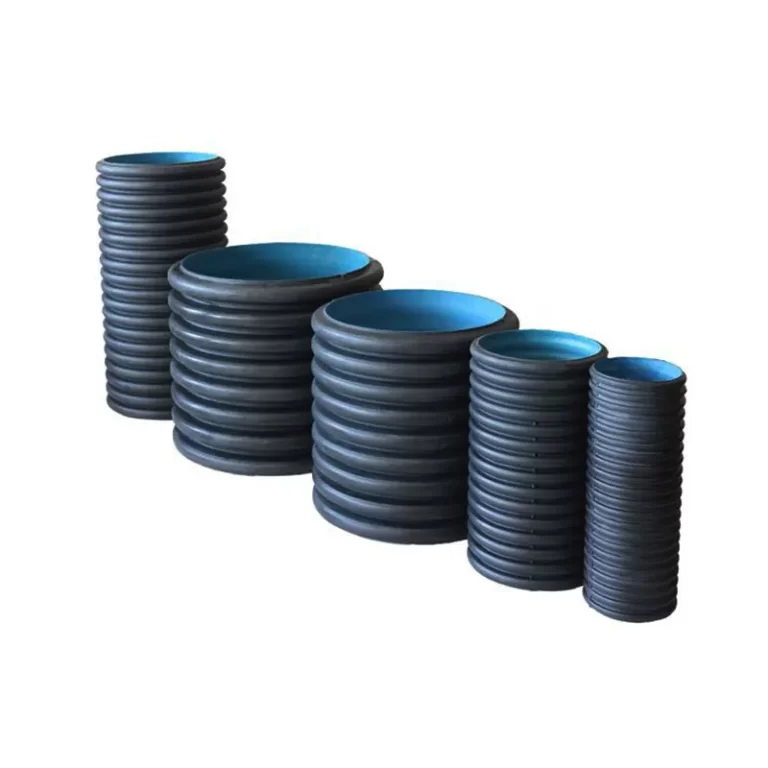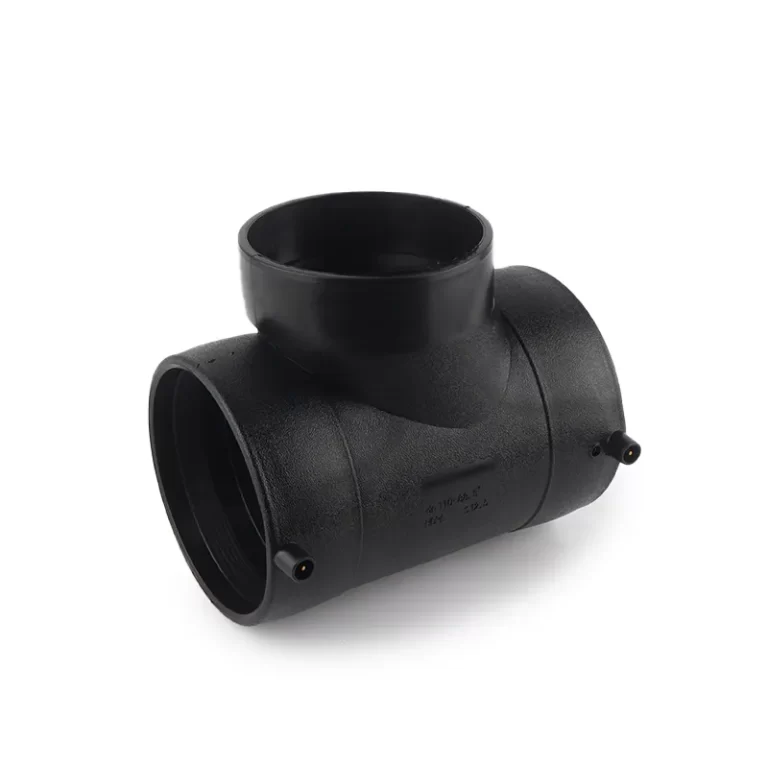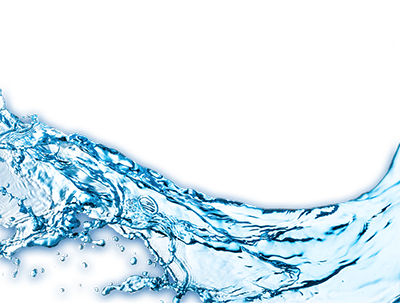Polyethylene HDPE coil pipe is commonly used by farmers and ranchers for ranch water projects with direct burial and/or surface installation due to their durability and flexibility. Coil pipes are available in various diameters ranging from 3/4” to 2”. 500-foot coils can be joined by Philmac connectors or by fusion machines to connect thousands of feet of pipe, allowing for efficient transportation and installation.
High-Density Polyethylene (HDPE) water pipes in coil are valued for their resistance to corrosion, UV weathering, and chemical exposure, making them ideal for direct burial without the need for glue joints or special coatings. Their ability to be installed quickly, often measured in miles per day, and their approval for NRCS EQIP projects make them a preferred choice for ranch water systems.
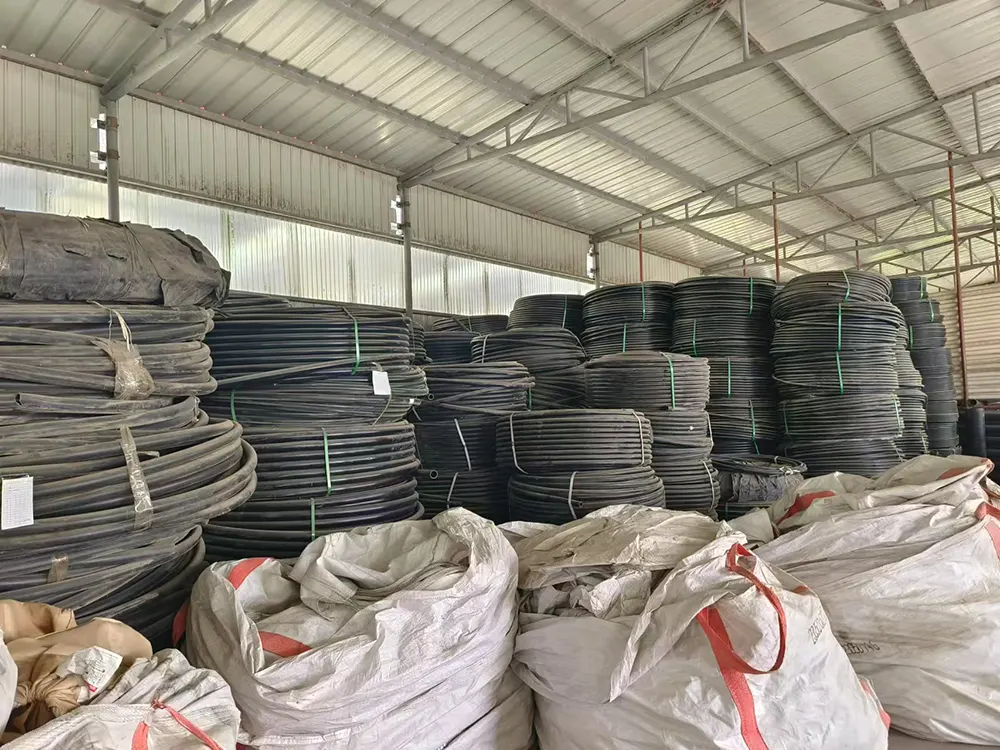
Benefits of polyethylene HDPE coil pipe
- Chemical Resistance: Studies show that polyethylene HDPE coil pipe will not corrode or tuberculate, maintaining flow velocities over the life span of the system.
- Durability and Flexibility: HDPE pipe is a more durable and flexible pipe material with a bend radius up to 20 times the pipe diameter. This allows the HDPE pipe to conform to an imperfect installation path without the need to add costly fittings and excessive pipe joints.
- Extreme Surge Tolerance: HDPE pipes are the most resistant to surge and fatigue of any potable water piping systems. HDPE pipe can handle much higher flow velocities which result in lower pressure surges compared to other potable water piping systems.
- Temperature Resistance: Polyethylene HDPE coil pipe can handle fluid and environmental temperatures ranging from -40°F to 140°F, making HDPE water pipe suitable for use with hot or cold water in many different environments.
- Installation: HDPE pipe is cheaper to install than other potable water piping systems. Could be installed with trench-less technologies (directional drilling, pipe bursting, slip-lining, and compression fit lining), making HDPE pipe the most commonly used piping material for trenchless installations, greatly reduce the amount of construction restoration, leading to a cost savings up to 65%.
